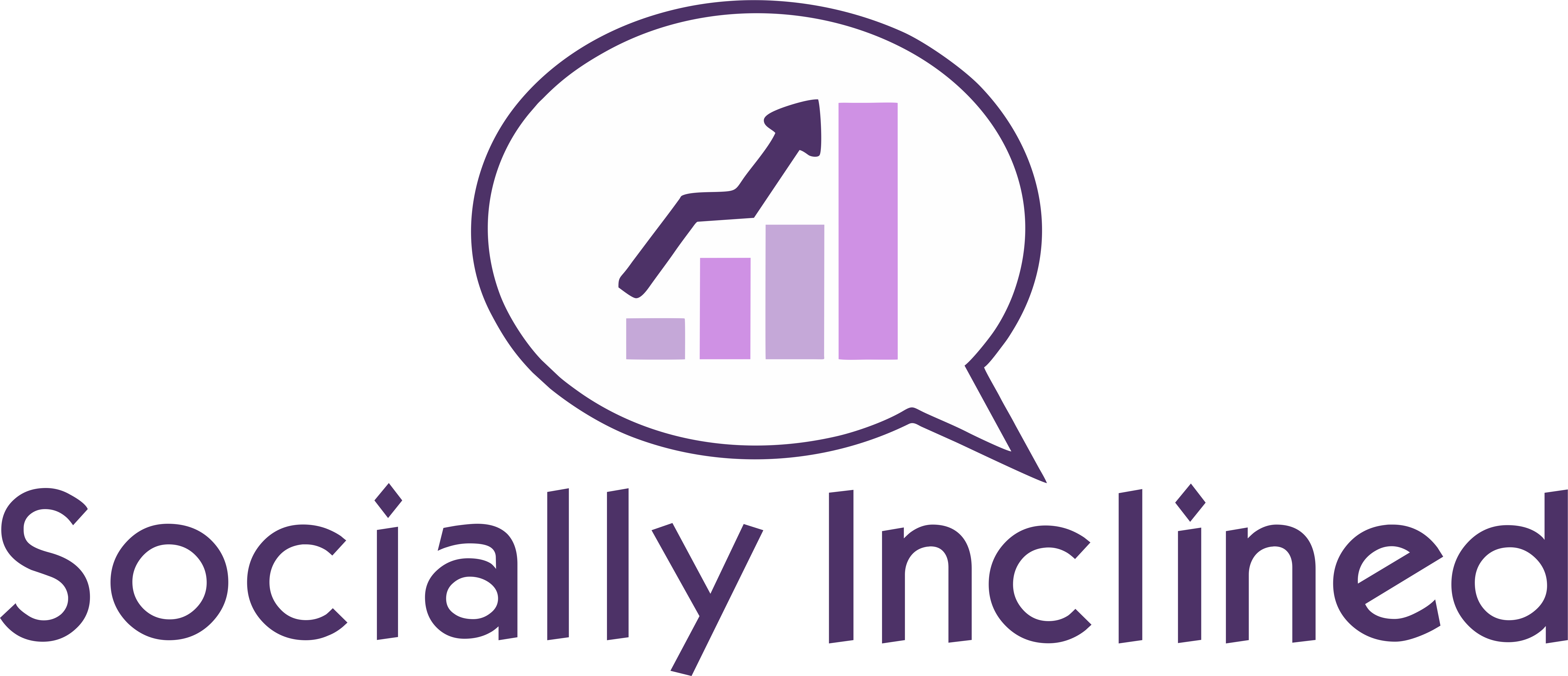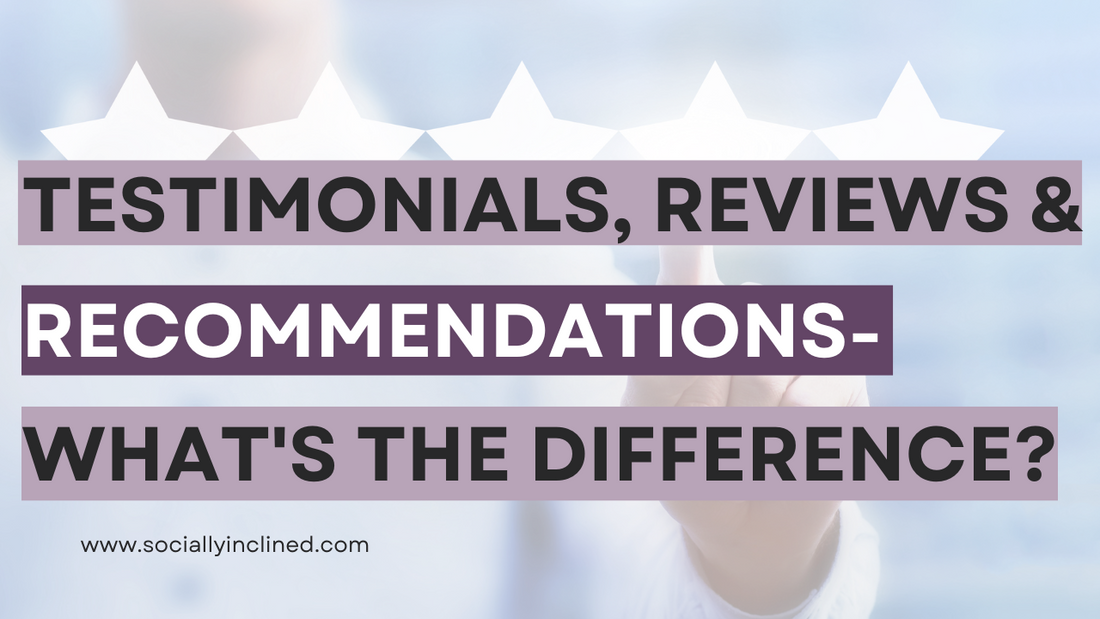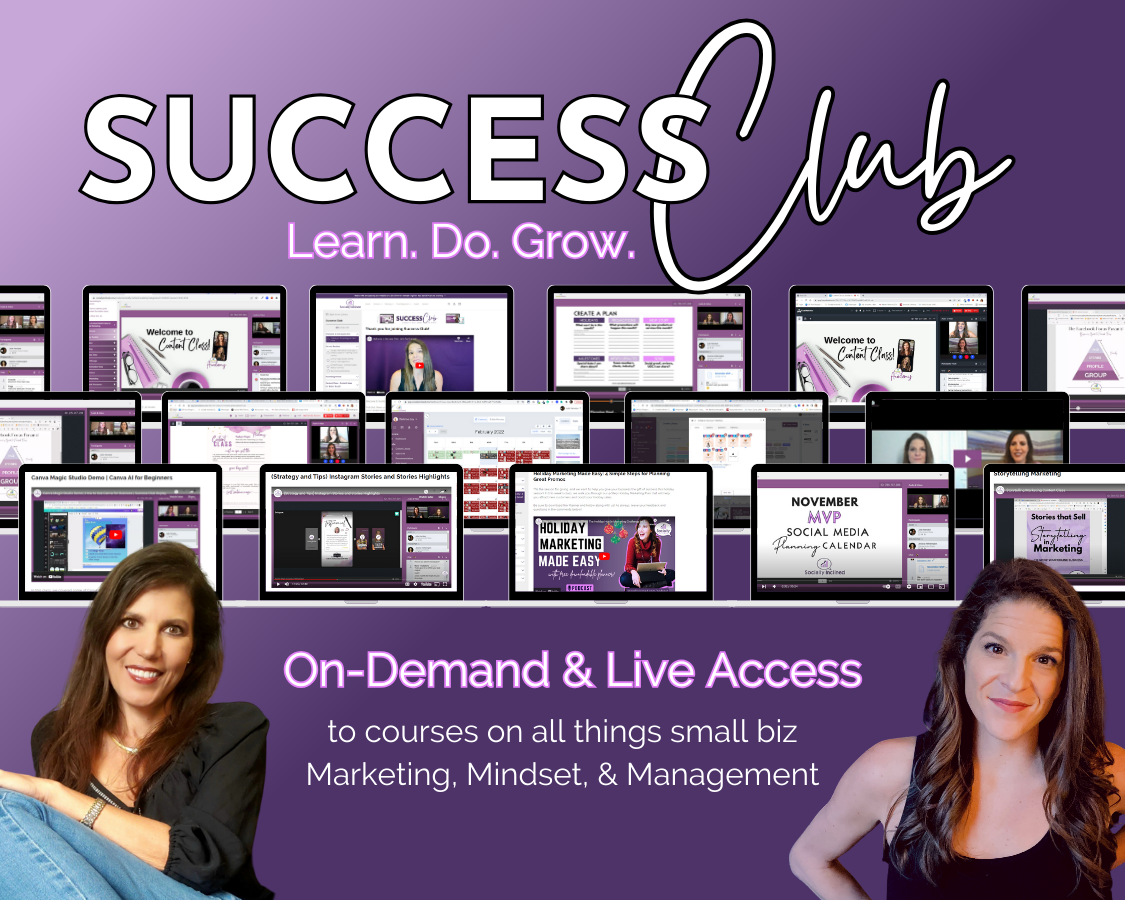Customer testimonials, reviews, and recommendations can all have an impact on your business, either positively or negatively. When brands and companies provide an exceptional experience, reviews, testimonials, and recommendations act as an undeniable mechanism for growth and customer engagement. Amazon does a brilliant job of rolling all three into its e-commerce platform, and reviews and recommendations have become a large part of the brand’s success.
This article looks at the difference between reviews, testimonials and recommendations, and why they are all critical for your business.
What is a Review?
Nearly 90% of consumers read reviews before making a purchase, with 56% reading at least four reviews. A review is what is said about your business, product, or service. Reviews can be either positive or negative, but you shouldn’t remove bad reviews from your site. Instead, look at responding to solve the problem, showing you are transparent and customers can trust your company.
As reviews are managed by a third party (other customers), they are perceived to be an honest view of the buyer experience.
What is a Testimonial?
A testimonial is about who is saying something rather than what they are saying. For example, a message from another reputable company with positive messages about your business inspires trust and confidence.
97% of B2B customers cite testimonials and peer recommendations as to the most reliable content type. Furthermore, a customer testimonial placed alongside more expensive items has been shown to increase conversion rates by as much as 380%. If something is good enough for the founder of Yoast (see image above), which has over 5 million active installations, it must be good enough for me.
What is a Recommendation?
A recommendation is when someone recommends your business, products, or services to someone else. It will typically happen via word-of-mouth when another consumer asks for an opinion about a brand and wants to know why they should decide to work with or use them. On social media channels such as Facebook, recommendations are now part of the platform.
If a customer recommends your brand or product when asked the question, there is an opportunity to reach a target audience of people that are interested in what you offer.
How to get reviews, testimonials, and recommendations
You could go about getting reviews, testimonials, and recommendations in two ways. The first is to plead with people to write a review or testimonial after using your product and build a campaign around doing so. The risk here is that although people may be willing to leave some feedback, it won’t be as authentic as when they do it without any prompts. So how do you get customers to mention your company without asking them? The answer is to provide the best possible customer experience.
If you take the time to understand what your customers need and solve that problem, they will be happy to share their experience. For example, suppose your target audience expects fast delivery and you always ensure they get what they need within 24 hours. In that case, there’s a good chance they will leave a positive review or testimonial and recommend you to others.
Reviews tend to be quite spontaneous as customers decide whether they are happy or unhappy in the heat of the moment. However, for testimonials, you need to choose your customers more carefully. When people read testimonials, they will look for quotes from people like them or those that they admire. Businesses should choose people that are most like their target customer and who had problems that you could solve.
You can collect testimonials after purchase or from long-standing customers further down their lifecycle. If you run a subscription service, for example, it might make sense to ask for testimonials 12 months into the customer journey.
A recommendation will be inspired by an exceptional experience with a business. You need to give existing customers a good reason to recommend you to prospects. What does your business do that is unique to the competition to ensure that you are always front of mind?
Again, it all comes down to putting the focus on the customer rather than the product or service. If you listen to customers and make their problems go away, they will recommend you when the time is right.
Methods for getting reviews, testimonials, and recommendations
There are several ways to influence your customers into leaving reviews and testimonials and providing recommendations. Below are three ideas you can try.
- Referral Schemes – you could offer rewards when customers recommend your business to friends and family.
- Approach loyal customers who are likely to be brand advocates. You could even try tagging them in blogs and social media posts if relevant.
- Add a “leave a review” link to every communication that you send.
Each of these, combined with a stellar customer experience, can be an excellent way to get customer responses.
Using reviews, testimonials, and recommendations in marketing
Once you have all of these reviews, testimonials, and recommendations, you need to make sure that you use them. Typically, you will show reviews on your website against the products or services they are relevant to. As mentioned earlier in the article, be sure to embrace and respond to any negative reviews and perhaps even reward the customer for providing helpful feedback.
Testimonials could be in the form of text, images, or videos. For example, you could encourage happy customers to take photos and share them via social media. Publish success stories on your website and within marketing materials.
As for recommendations, you can promote any referral schemes in marketing campaigns to generate awareness. Some businesses will set up customer focus groups, including loyal supporters, and asking them to recommend new features for the product development roadmap.
Summary
Reviews, testimonials, and recommendations are all valuable and powerful business tools. Ultimately, the key to each of them is delivering the best possible customer experience. Happy customers support your business, recommend it to others, and act as an inspiration to prospects. Furthermore, all three are budget-friendly, giving marketing teams time and money to spend on other investments.
“If you work just for money, you’ll never make it, but if you love what you’re doing and you always put the customer first, success will be yours.” – Ray Kroc, Founder McDonald’s
Love this post? Share it on Pinterest!











